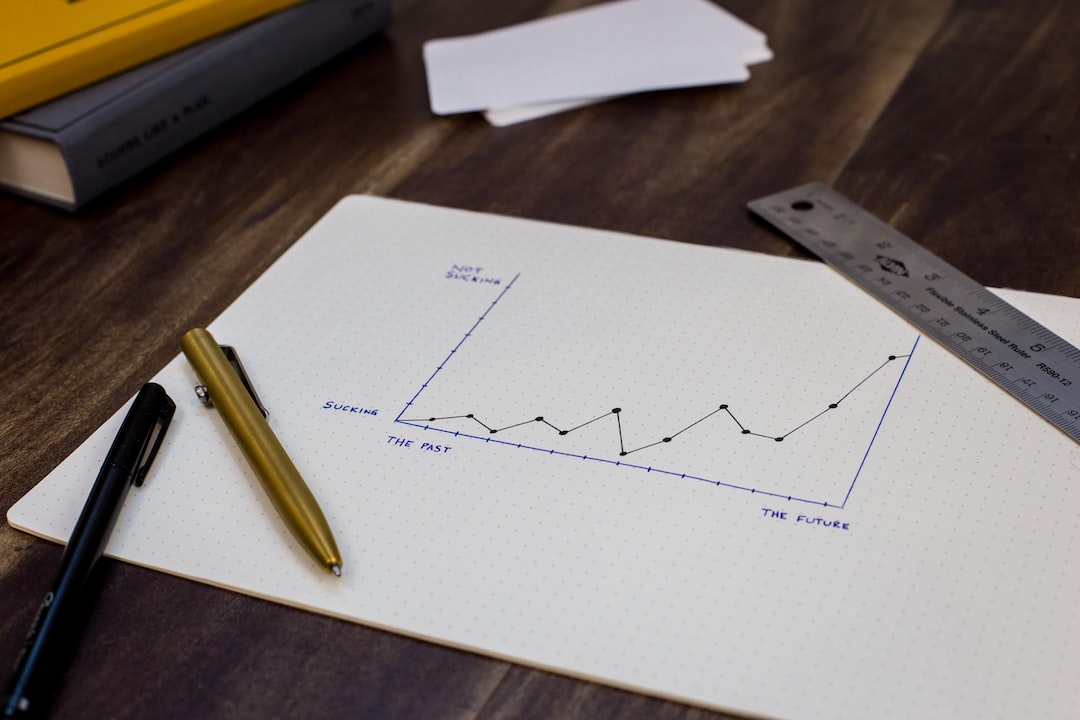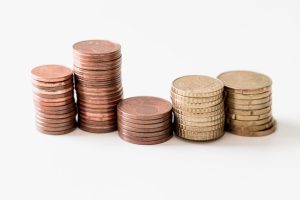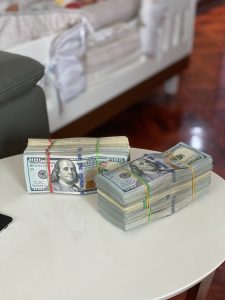The foreign exchange market, commonly referred to as the forex market, is the largest financial market in the world. Forex trading involves buying and selling currency pairs with the aim of making a profit from the difference in their values. To analyze the forex market, traders use various tools, including charts. The bar chart is one of the most commonly used charts in forex trading. In this article, we will explain how to read a forex bar chart and interpret the information it provides.
What is a Forex Bar Chart?
A forex bar chart is a type of chart used by traders to analyze the price movements of currency pairs. It consists of a series of vertical bars that represent the price range of a currency pair during a specific time period. Each bar on the chart represents a period of time, such as one hour, one day, or one week.
The bar chart displays four key pieces of information for each period of time: the opening price, the closing price, the high price, and the low price. The opening price is represented by a small horizontal line on the left side of the bar, and the closing price is represented by a small horizontal line on the right side of the bar. The high and low prices are represented by the top and bottom of the vertical bar, respectively.
How to Read a Forex Bar Chart
To read a forex bar chart, you need to understand what each component of the chart represents. The following steps will help you interpret the information provided by the chart:
Step 1: Determine the Timeframe
The first step in reading a forex bar chart is to determine the timeframe represented by each bar. The timeframe can be set by the trader and can range from one minute to one month. The most commonly used timeframes in forex trading are one hour, four hours, and daily.
Step 2: Interpret the Bar
Once you have determined the timeframe, you can start interpreting the information provided by each bar. The vertical bar represents the price range for the period of time specified by the timeframe. The high and low prices are represented by the top and bottom of the bar, respectively.
The opening price is represented by a small horizontal line on the left side of the bar, and the closing price is represented by a small horizontal line on the right side of the bar. If the closing price is higher than the opening price, the bar is usually colored green or white. If the closing price is lower than the opening price, the bar is usually colored red or black.
Step 3: Analyze the Trend
Once you have interpreted the information provided by each bar, you can start analyzing the trend of the currency pair. A trend is the general direction in which the price of a currency pair is moving over a period of time.
An uptrend is characterized by a series of higher highs and higher lows, while a downtrend is characterized by a series of lower highs and lower lows. A sideways trend is characterized by a lack of clear direction in the price of a currency pair.
To identify a trend, you can look for patterns in the forex bar chart. For example, if you see a series of green bars with higher highs and higher lows, it may indicate an uptrend. Conversely, if you see a series of red bars with lower highs and lower lows, it may indicate a downtrend.
Step 4: Use Technical Indicators
In addition to analyzing the forex bar chart, traders can also use technical indicators to help identify trends and make trading decisions. Technical indicators are mathematical calculations based on the price and/or volume of a currency pair.
Some commonly used technical indicators in forex trading include moving averages, relative strength index (RSI), and stochastic oscillator. These indicators can be plotted on the forex bar chart to provide additional information about the trend and potential trading opportunities.
Conclusion
Reading a forex bar chart is an essential skill for any forex trader. By understanding the information provided by each bar, traders can analyze the trend of a currency pair and make informed trading decisions. Technical indicators can also be used to provide additional information and improve trading accuracy. With practice and experience, traders can become proficient in reading forex bar charts and using them to their advantage in the forex market.





